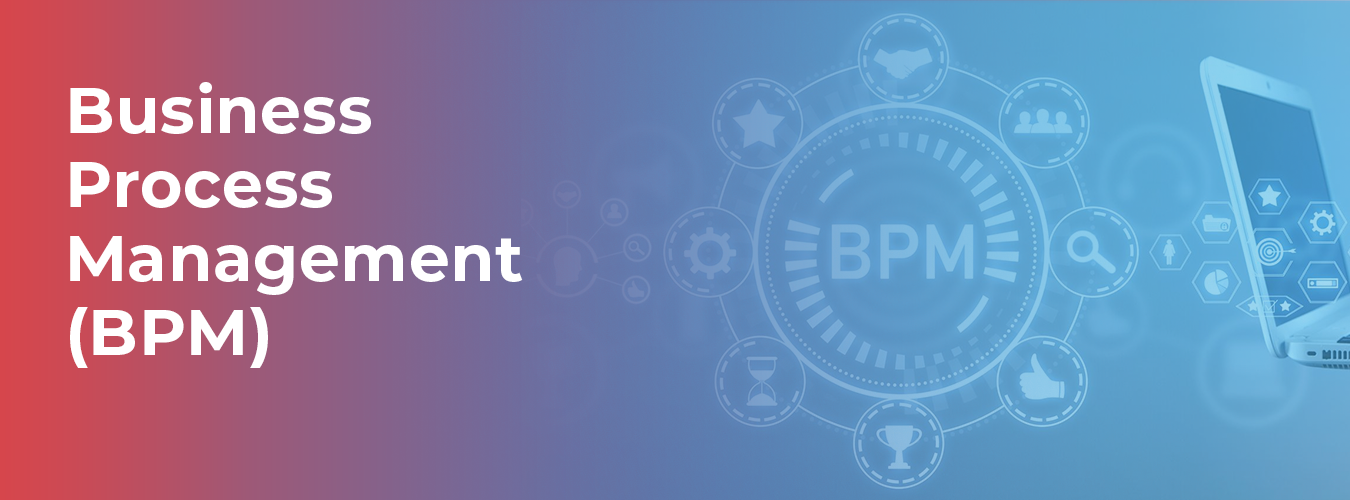Ready to unlock the hidden potential of language processing? If so, dive into our blog on NER (Named Entity Recognition) and discover the transformative capabilities of this cutting-edge technology. From fundamentals to use cases, we’ll explore how NER can revolutionise chatbots, customer support, and more. Together, let’s unlock the true potential of NER!
Table of Contents
What is Named Entity Recognition?

NER, or Named Entity Recognition, is a natural language processing (NLP) technique. It helps identify and categorise specific entities in text. These entities can be names of people, organisations, locations, dates, or other important elements. NER plays a crucial role in understanding the structure of unstructured text data.
By using NER, NLP systems can extract relevant information from large volumes of text. For example, it can identify the names of people in news articles, detect company names in financial reports, or find locations in travel reviews. This ability to pinpoint and categorise entities helps in information retrieval and data analysis tasks.
How does Named Entity Recognition work?

Named Entity Recognition (NER) is an NLP technique that analyses text to identify and categorise specific entities. These entities can include names of individuals, organisations, locations, dates, or other significant elements. The process of NER involves several key steps.
Firstly, the system breaks down the text into individual tokens, which can be words or subwords. This tokenisation step helps create a more manageable text representation for further analysis.
Next, the system assigns a part-of-speech (POS) tag to each token, which provides contextual information about the words, aiding the entity recognition process.
Than, after POS tagging, the system divides the text into chunks or phrases based on the POS tags. This chunking step assists in identifying potential entities in the text. The system extracts various features, such as word context, neighbouring words, and POS tags, from the text to aid in entity classification.
Machine learning models are trained on annotated datasets, where entities are labeled, to enable NER to recognise different entity types. During the training phase, these models learn to identify patterns associated with specific entity types.
Once trained, the model can classify each token in the text as a particular entity type (e.g., person, organisation). The model looks for patterns it has learned during training to make accurate predictions.
Types of Named Entity Recognition

Researchers and practitioners use several types of Named Entity Recognition (NER) approaches to identify and categorise entities in text. Let’s delve into these approaches further.
- Rule-Based NER: In this approach, specific rules and patterns are defined to recognise entities based on the text’s structure and characteristics. One can manually craft or generate these rules using linguistic knowledge.
- Dictionary-Based NER: This method uses pre-defined dictionaries or lists of known entities. Thus, NER system matches tokens from the text against the entries in the dictionaries to identify entities.
- Rule-Based NER: In this approach, specific rules and patterns are defined to recognise entities based on the text’s structure and characteristics. Than, Linguistic knowledge allows for the manual crafting or generation of these rules.
- Deep Learning-Based NER: This type of NER employs deep learning models, such as recurrent neural networks (RNNs) or transformers, to capture complex dependencies in text and perform entity recognition.
- Statistical NER: Lastly, Statistical NER utilises machine learning algorithms to learn patterns from annotated data. It extracts features from the text and trains models to predict the entity types based on these features.
Use Cases of Named Entity Recognition

Named Entity Recognition (NER) finds application in various real-world scenarios due to its ability to identify and categorise specific entities in text data. Let’s explore some of the notable use cases of NER.
- Chatbots and Virtual Assistants: NER is employed in chatbots and virtual assistants to understand user queries and provide relevant responses. So, It helps extract to entities from user input to offer personalised and context-aware interactions.
- Information Extraction: NER is commonly used in information extraction tasks to identify and extract important information from unstructured text, such as news articles, product descriptions, or research papers.
- Automated Ticket Routing: In customer support, NER is used to automatically analyse and categorise support tickets based on entities like customer names, issues, or products, ensuring proper ticket routing to the right support team or agent.
- Social Media Monitoring: NER plays a crucial role in social media monitoring, where it helps identify mentions of individuals, brands, or locations, allowing companies to analyse sentiment and trends about their products or services.
Conclusion

In conclusion, NER (Named Entity Recognition) holds the key to unleashing the hidden potential of natural language processing and by identifying and categorising entities, NER revolutionises data analysis, personalised customer support, and sentiment analysis, among others. Whether it’s streamlining ticket routing in customer support or enhancing search engine capabilities, the versatility of NER is undeniable. With applications spanning various industries, NER opens up endless opportunities for information extraction and language understanding. Embrace the power of NER and embark on a journey of extracting valuable insights from unstructured text data, shaping a future where understanding language becomes effortless.
Get Started with Macgence
Macgence offers an excellent starting point to unlock the potential of Named Entity Recognition (NER). Our expertise lies in data generation and collection solutions, complemented by a wide range of readily available data sets and catalogues. With Macgence data generation and collection solutions, you gain access to diverse and extensive text data from various sources. Thus, this vast pool of data provides you with the necessary resources to embark on your NER journey confidently.
Furthermore, Its ready-to-use data sets and catalogues allow you to jump right into developing accurate and robust NER models and by partnering with them, you can expedite the NER development process and gain valuable insights from your text data. The journey to unlocking the potential of NER begins with Macgence.




